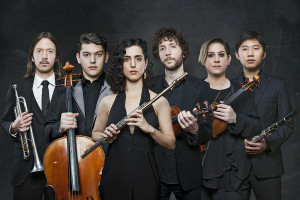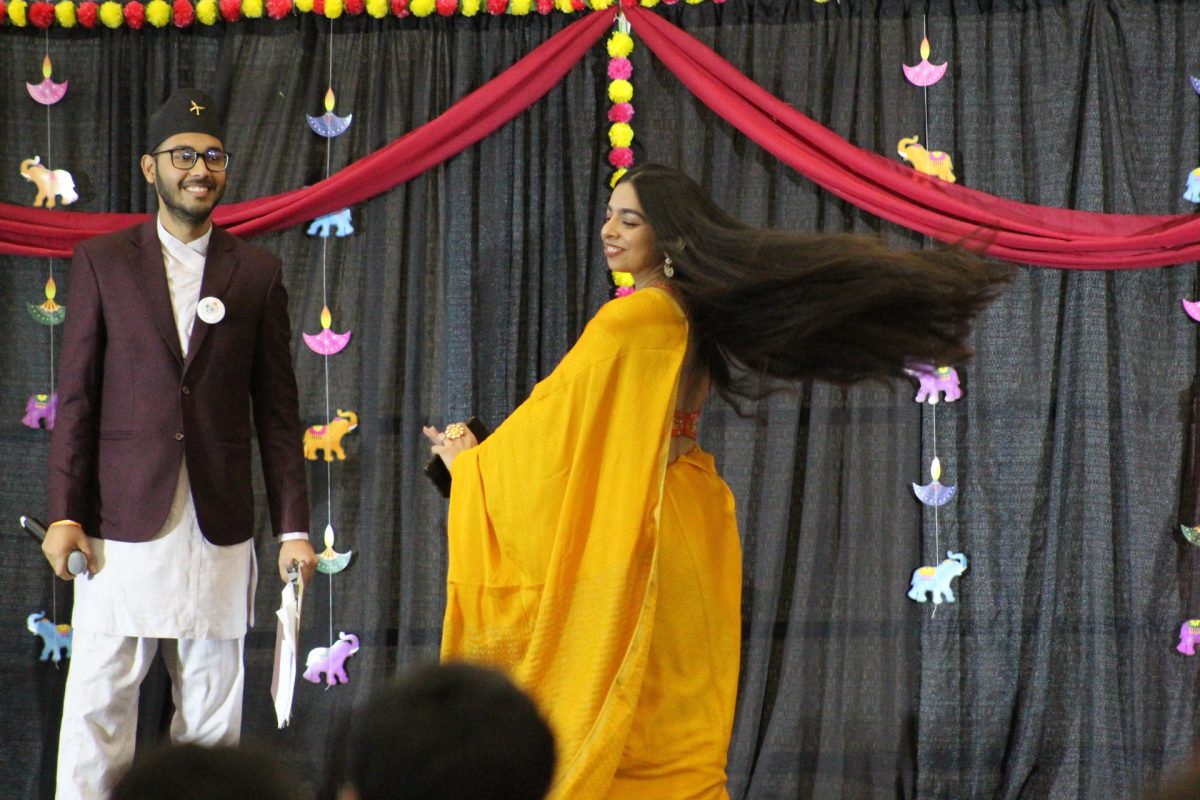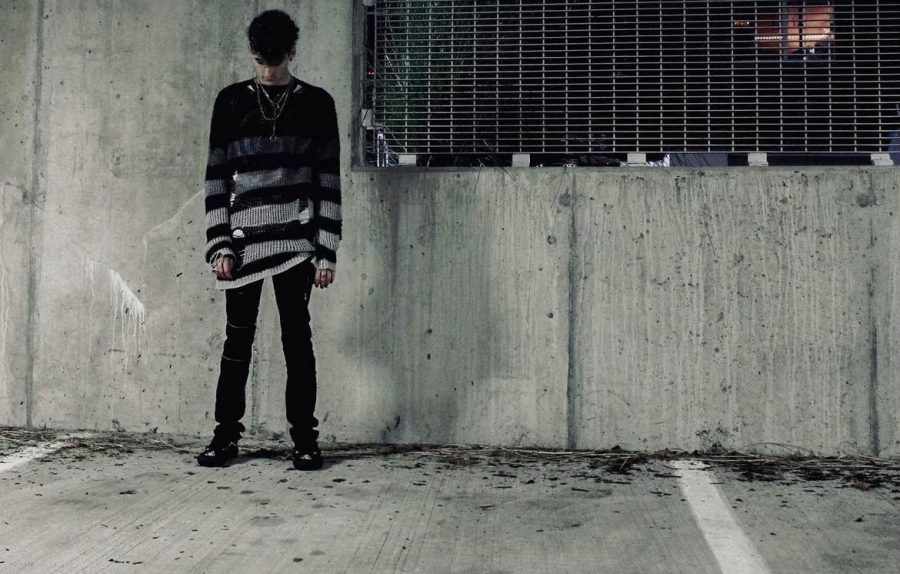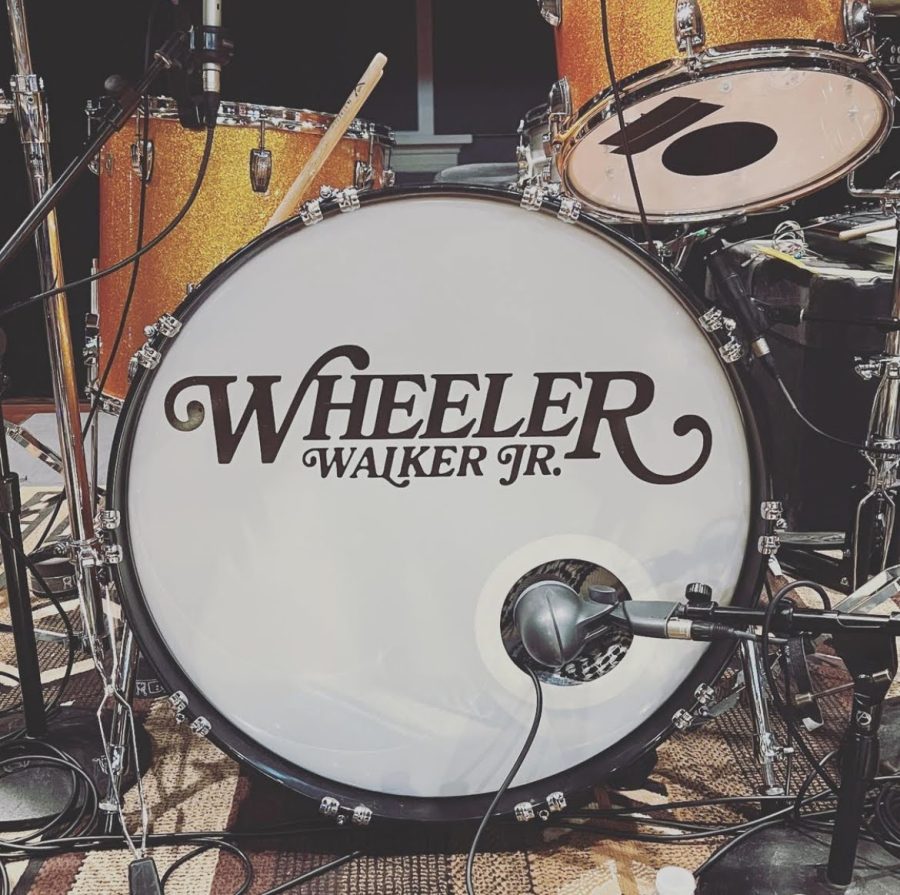“Classical
Cross Section”
Follow ChargerBulletin on Spotify
Classical music is a portion of the musical spectrum that is often written off and misunderstood. The stereotypical image of old men sitting around with archaic instruments, poofy clothes, and powdered wigs always springs to mind. There are actually many different eras and sub-classifications to (western) classical music that can vary greatly from the Bachs, Beethovens, and Mozarts that we often think of. These differing derivatives of so-called “art music” (where the music supposedly more serious or erudite, as opposed to popular music, where its purpose is purported solely to entertain and considered, by many, to be a “lower form of art”) each have their own quirks and specialties in regards to instrumentation, performance, and the like.For this week, I assembled works from various composers throughout history.

(yMusic photo)
My personal favorite era of classical music is that of the Romantic period (c. 1780-1910). Music of this time sits at this wonderful turning point where composers began to break away from musical formulas and conventions that were previously viewed almost as law during the preceding eras. At the same time, music of the Romantic time period still remains consonant and does not try to push the envelope and challenge perceptions quite to the degree that the Modern and Contemporary periods, which immediately supersede it, does. Music of the Romantic era also heavily features the modern piano (replacing the more subdued pianoforte) and more complicated and unexpected harmonies, deviating from the keys of pieces much more than was allowed in the Baroque or Renaissance periods.
One composer that bridged the gap between the Romantic and Modern eras was Igor Stravinsky. Stravinsky is considered by many to be one of the most important composers of this time period and often recognized for his incredible stylistic diversity. His most famous piece, The Right of Spring, is a ballet that is noted as the very turning point towards Modern music. At the premiere of this piece (May 29, 1913) the audience even rioted, and historians debate as to whether or not the hostilities originated from Stravinsky’s cacophonous music or Vaslav Nijinsky’s primal and lude choreography. A reaction like that is not the stuffy, pretentious image that usually comes to mind when one thinks about classical music.










